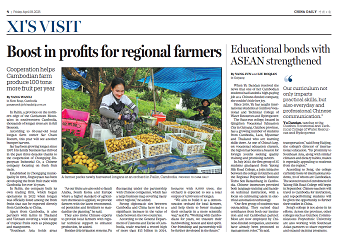Weaving a future from the past

Jenny Chou (right in white) and her colleague work with local women of the Dong ethnic group at the community center in Dali village, Guizhou province.[Photo provided to China Daily]
Community center
Born in Taiwan and immigrating with her family to the United States in the 1990s, Chou earned her architecture degree at the Rhode Island School of Design in 2004, and her master's degree at Columbia University in 2008.
With her grandfather being born in Hubei province, and grandmother hailing from Sichuan province, Chou had been curious about the Chinese mainland. After graduation, she set up the design studio in Beijing with two friends who she studied architecture with at the Rhode Island School of Design.
Although it was not the first village that she visited in China, the pristine environment in Dali still impressed Chou when she first arrived in 2015 during a trip with the Global Heritage Fund.
"The village has preserved the local architectural heritage and cultural history well, and it can be a model for the country's rural revitalization plan," Chou says.
With no written language, the Dong ethnic group passes on its culture and knowledge by song and folklore. The village was built along a stream with five ancient stone bridges. Wooden stilt houses cluster around a drum tower and an altar to Sasui, a highly regarded female deity among the Dong people. It was included in the country's traditional village protection project in 2012.
Two years later, as the project grew in scope, Chou started designing and building a community center to support the textile work.
"The design of the center has provided an opportunity for my team to explore the traditional carpentry and masonry practiced by the local craftsmen and to re-imagine a contemporary use and articulation for traditional buildings and public spaces," she says.
The three-story center is built in the public square in front of the drum tower, with its first floor being used for storage, its second employed as a textile workshop and its third providing a space for exhibitions.
"It means that a new type of public space necessitates the adaptation of Dong typology and traditional building practice to accommodate contemporary programmatic needs," Chou says, adding that the key for the workshop was to make it as bright and airy inside as possible, as many Dong homes are dark.
For the 16th edition of the Venice Biennale of Architecture in 2018, the Dali project was shown as part of the Across Chinese Cities exhibition, thanks to its efforts in exploring a planning approach linked to the development of "communities" as mechanisms which create new systems of social, economic and spatial belonging.
All rights Reserved. 京ICP备13028878号-8







 Overview
Overview Guiyang
Guiyang Guian New Area
Guian New Area Liupanshui
Liupanshui Anshun
Anshun Qianxinan
Qianxinan Qiandongnan
Qiandongnan Qiannan
Qiannan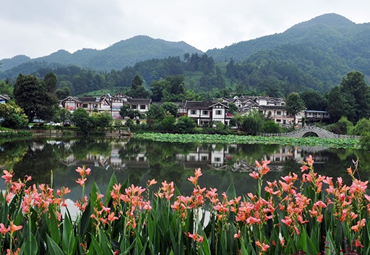 Zunyi
Zunyi Tongren
Tongren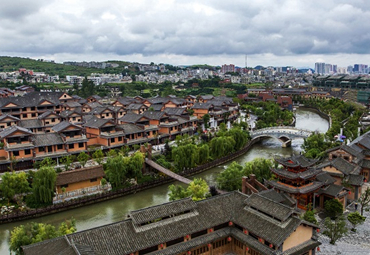 Bijie
Bijie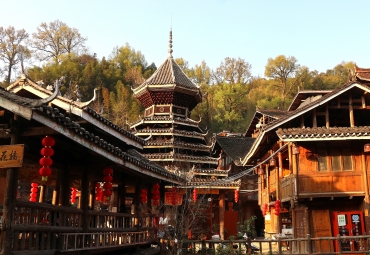 Guizhou commits to culture preservation and rural vitalization
Guizhou commits to culture preservation and rural vitalization Guizhou voice at 2025 national two sessions
Guizhou voice at 2025 national two sessions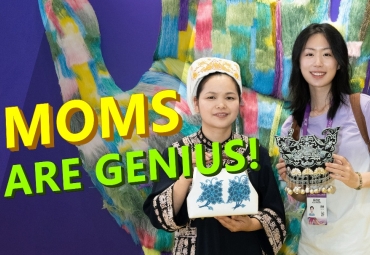 Meet the 'genius moms' at Shenzhen cultural fair
Meet the 'genius moms' at Shenzhen cultural fair 
